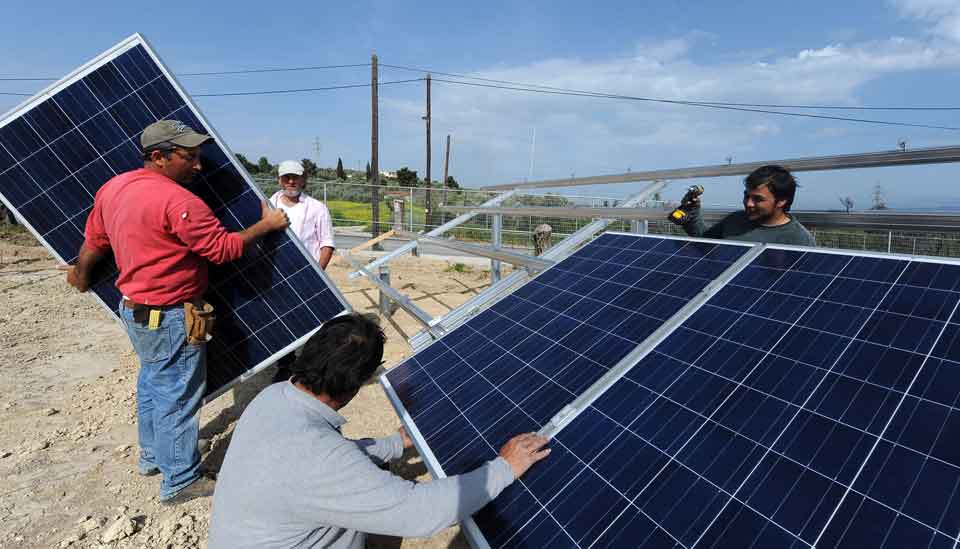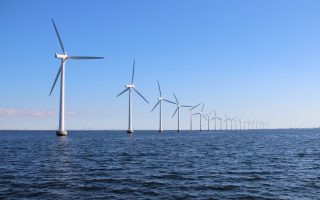RES investments overload

Electricity regulators are seeking a solution to the overload of renewable energy projects, with investors not originating from the sector taking up capacity in the national grid.
The DEDDIE network, to which small RES projects are connected, has already stopped new connections and the issuance of connection terms has been frozen with the new bill to redefine new power margins at the substations and to open electric space for new projects.
ADMIE’s high-voltage network, which connects large projects and groups of smaller ones, has also reached its limits and the administrator is awaiting the voting on the bill to start suspending connection applications for six months.
The RES market has effectively been frozen since August in order to launch measures to manage the absorption of energy produced. There are two reasons for this. The first is that their growth, although accelerated, lags behind the pace at which RES run. As the market grows, photovoltaic parks are increasingly moving away from the grid, requiring investment in new lines either from ADMIE or from the investors themselves. The second reason is the tsunami of applications from investors who rushed to get licenses and connections in order to resell them. As these came with a long delay some filters were instituted in terms of financial solvency and time of maintaining licenses. Thus, precious electrical space has been blocked by projects that have been stagnant for years, looking for a buyer, while mature large projects are left waiting in the queue.
Officials say about a third of the projects that ADMIE granted terms of connection concern stagnant projects. ADMIE has provided connection conditions for projects with a total capacity of 10 GW, which should have started construction. Taking advantage of the framework so far, some investors renewed their permits, so that the connection terms were automatically renewed.
Sources say a ministerial decision will give priority to investments over 100 MW, with the output directed to industrial consumers.





